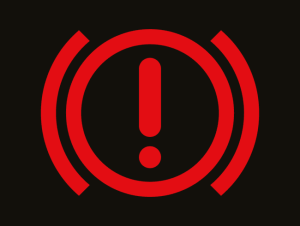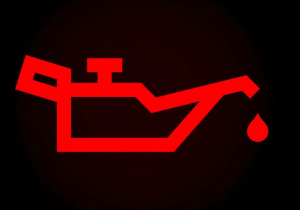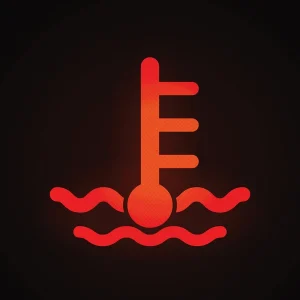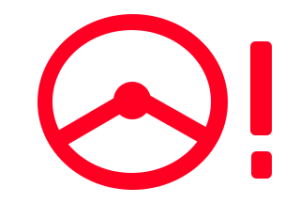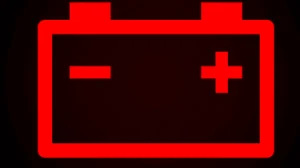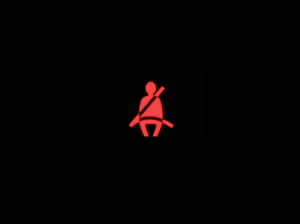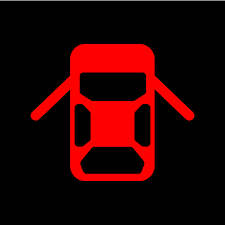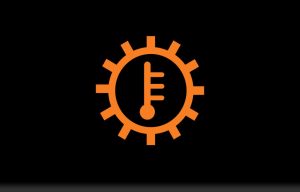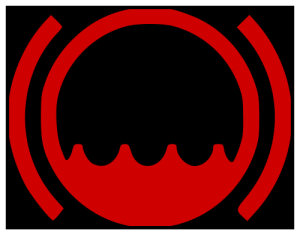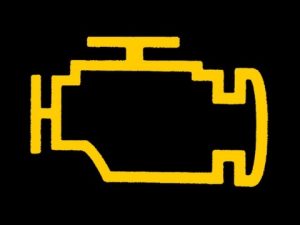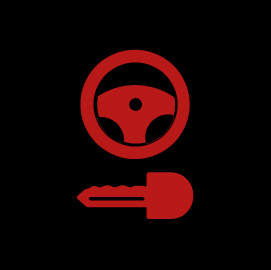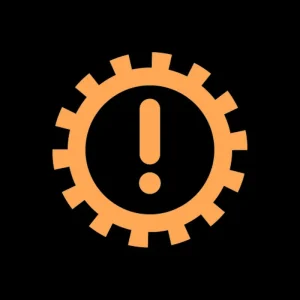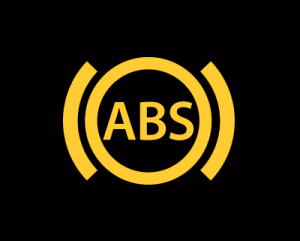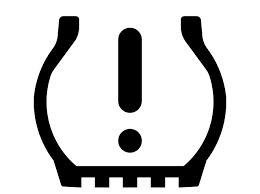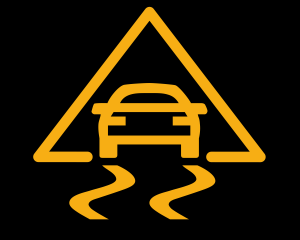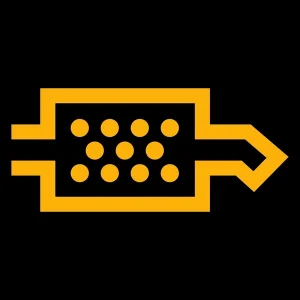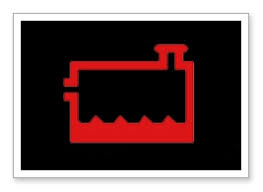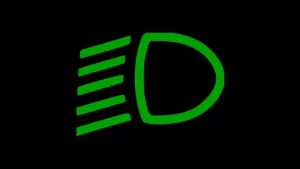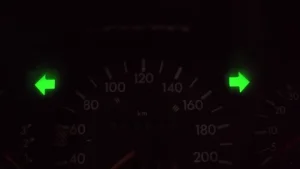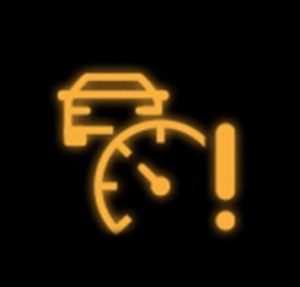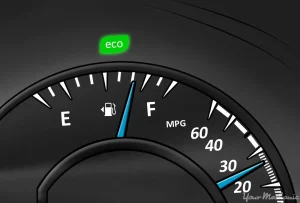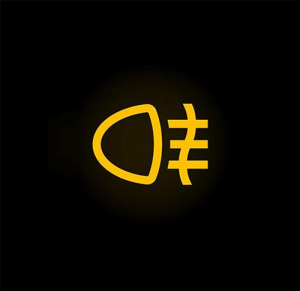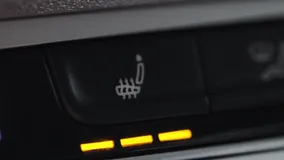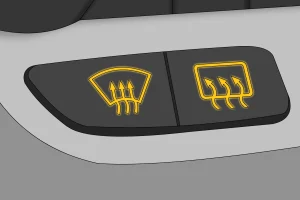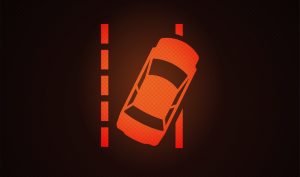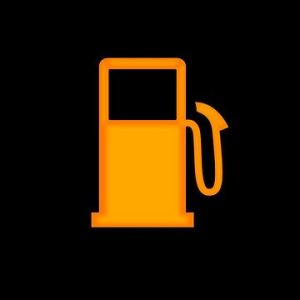Understanding dashboard warning lights in your Skoda Roomster is essential for maintaining vehicle safety, as they alert you to potential issues that could lead to accidents or breakdowns if ignored. Promptly addressing these lights helps prevent costly repairs and ensures reliable performance during drives. This guide categorizes the major lights based on standard Skoda systems, drawing from common indicators in models like the Roomster.
Quick Navigation
Red Warning Lights (Stop Immediately)
Brake System
Indicates low brake fluid, hydraulic failure, or a serious brake issue that could compromise stopping power; pull over safely and contact a mechanic immediately to avoid driving risks.
Engine Oil Pressure
Signals low oil pressure or possible engine overheating due to insufficient lubrication; stop the car right away, check the oil level, and do not drive until fixed to prevent engine damage.
Engine Coolant Temperature
Warns of high engine temperature from low coolant or cooling system failure; stop immediately, let the engine cool, and seek professional help to avoid overheating and potential breakdowns.
Power Steering
Points to a fault in the power steering system, making steering difficult or unsafe; park safely and call for assistance, as continued driving could lead to loss of control.
Airbag System
Shows a problem with airbags or seatbelt pretensioners that may prevent proper deployment in a crash; stop and have it inspected urgently to ensure passenger safety.
Battery Charge
Indicates the battery is not charging properly, possibly from alternator failure; pull over soon, as the vehicle may lose power completely if the battery drains.
Seatbelt Reminder
Alerts that seatbelts are not fastened, posing a high injury risk in accidents; stop and ensure all occupants buckle up before proceeding.
Door Ajar
Means a door is not fully closed, which could lead to safety hazards or items falling out; stop immediately and secure all doors.
Transmission Overheat
Signals excessive heat in the transmission, risking damage or failure; stop driving, allow cooling, and visit a service center right away.
Low Brake Fluid
Specifically highlights critically low brake fluid levels, affecting braking efficiency; park safely and refill or seek repair to restore safe operation.
Engine Management (Red Variant)
Indicates a severe engine fault like misfiring or emission issues; stop immediately and get a diagnostic check to prevent further damage.
Steering Lock
Warns of a fault in the steering lock mechanism, potentially preventing restarts; pull over and contact roadside assistance.
Automatic Gearbox Malfunction
Points to a serious transmission error that could cause gear failure; stop the vehicle and seek immediate repair.
Air Suspension Fault
Signals instability in suspension, affecting handling; stop driving and have it checked to avoid accidents.
Rear Spoiler Fault
Indicates a problem with the rear spoiler system, limiting safe speeds; pull over and limit speed until repaired.
Yellow/Amber Warning Lights (Action Required Soon)
ABS (Anti-lock Braking System)
Shows a fault in the anti-lock brakes, reducing effectiveness on slippery roads; drive carefully and visit a service center soon for repairs.
Tyre Pressure Monitoring
Alerts to low tyre pressure, which can cause poor handling or blowouts; check and inflate tyres promptly, then reset the system.
Check Engine
Indicates an engine or emission issue like a faulty sensor; reduce speed and get a diagnostic scan at a garage soon to avoid worsening problems.
ESP (Electronic Stability Program)
Warns of a stability control fault, increasing skid risk; drive cautiously and have it inspected to restore vehicle control features.
Glow Plug (Diesel Engines)
Signals a preheat issue for diesel starting; wait for it to extinguish before starting, or check plugs if persistent.
DPF (Diesel Particulate Filter)
Means the filter is clogged with soot; drive at higher speeds for regeneration, or visit a service center if it doesn’t clear.
Brake Pad Wear
Indicates worn brake pads needing replacement; schedule a service soon to maintain safe braking.
Coolant Level Low
Alerts to insufficient coolant, risking overheating; top up coolant and check for leaks at your next stop.
Bulb Failure
Means an exterior light bulb is out; replace the bulb soon for better visibility and legal compliance.
Rain and Light Sensor Fault
Alerts that automatic wipers or lights aren’t working; use manual controls and repair the sensor.
Adaptive Suspension Dampers
Points to a damper fault affecting ride comfort; drive gently and seek service.
Green Warning Lights (Information Only)
High Beam
Indicates high beam headlights are on for better night visibility; no action needed, but switch to low beam for oncoming traffic.
Low Beam
Shows low beam headlights are active; informational for normal driving conditions.
Turn Signal
Blinks to show left or right indicators are in use; reminds you to turn them off after maneuvering.
Cruise Control
Confirms cruise control is engaged, maintaining set speed; adjust as needed for traffic.
Eco Mode
Indicates eco-friendly driving mode is active, optimizing fuel efficiency; no action required.
Front Fog Lights
Shows front fog lights are on for low-visibility conditions; turn off when not needed.
Rear Fog Lights
Alerts that rear fog lights are activated; use only in heavy fog and deactivate otherwise.
Parking Lights
Means sidelights are on for stationary visibility; informational during parking.
Hazard Lights
Indicates hazard flashers are active for emergencies; turn off when safe.
Seat Heater
Shows seat heating is on; adjust temperature for comfort.
Defrost
Confirms window defroster is operating to clear mist; no further action.
Automatic Wipers
Indicates rain-sensing wipers are enabled; they activate automatically in rain.
Lane Assist
Shows lane-keeping assistance is active, helping stay in lane; monitor for overrides.
Park Assist
Confirms parking sensors or aids are on, beeping for obstacles; use during parking.
Fuel Saver Mode
Alerts that the vehicle is in a mode to conserve fuel; continue driving normally.

